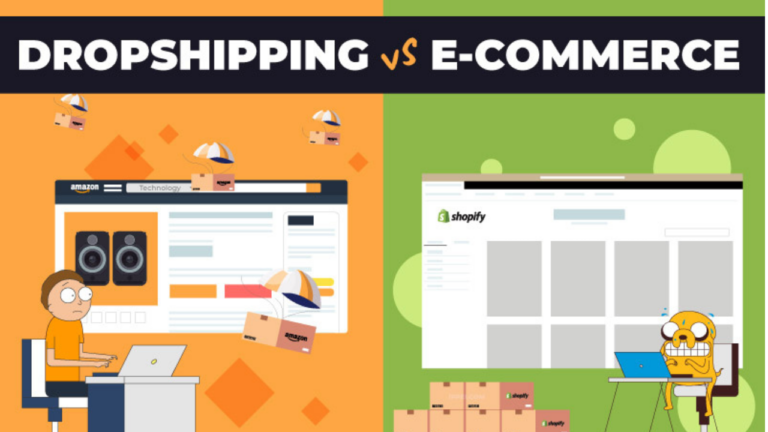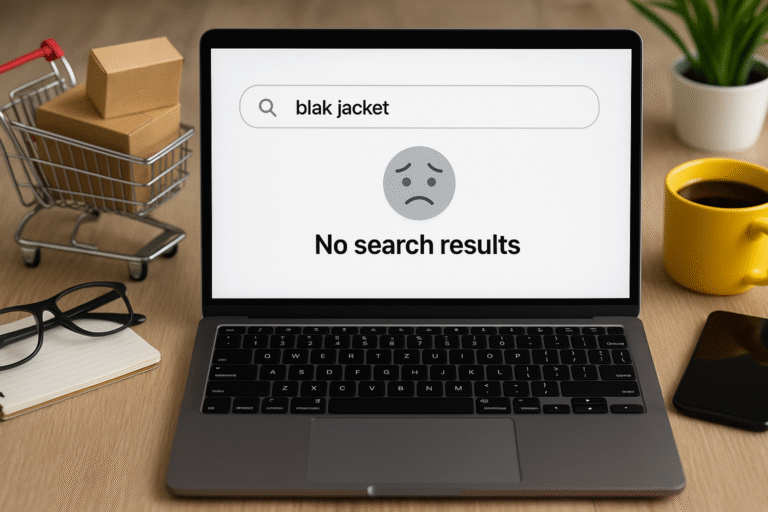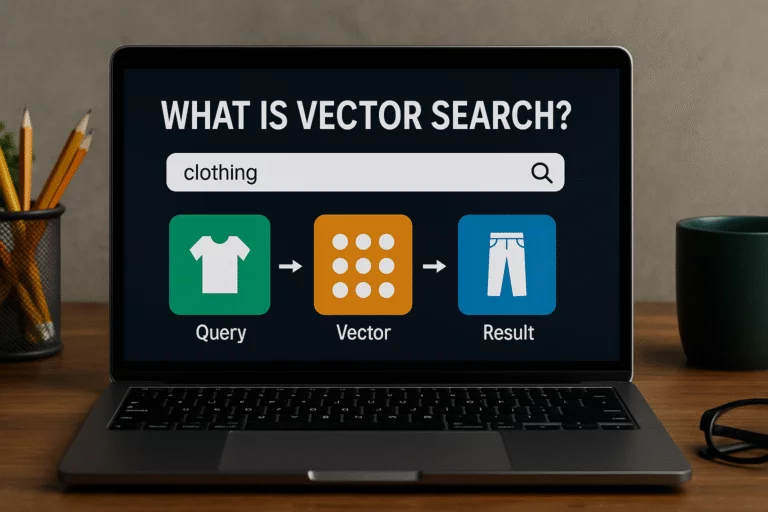In the world of online business, two popular models often come into play: dropshipping and traditional e-commerce. While both approaches involve selling products online, there are significant differences between them. This article aims to provide a comprehensive understanding of dropshipping and e-commerce, highlighting their unique characteristics and helping you determine which model is best suited for your business.
Dropshipping:
Dropshipping is a business model in which the retailer does not physically stock or handle the products they sell. Instead, when a customer places an order, the retailer purchases the item from a third-party supplier, who then ships it directly to the customer. Here are some key features of dropshipping:
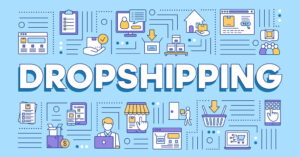
1. Low Startup Costs:
Dropshipping is known for its low barrier to entry. Since you don’t need to invest in inventory upfront, you can start a dropshipping business with minimal capital. This makes it an attractive option for aspiring entrepreneurs.
2. No Inventory Management:
As a dropshipper, you don’t have to worry about inventory management, storage, or fulfilment. The supplier takes care of those aspects, allowing you to focus on marketing, customer service, and driving sales.
3. Wide Product Selection:
Dropshipping enables you to offer a wide range of products without the need to invest in stocking them. You can source products from various suppliers, giving you flexibility and the ability to cater to different customer preferences.
4. Lower Profit Margins:
While dropshipping offers convenience and flexibility, profit margins tend to be lower compared to traditional e-commerce. This is because the retailer pays wholesale prices to the supplier, leaving a narrower profit margin after accounting for marketing and operational expenses.
E-commerce:
E-commerce, also known as traditional or inventory-based e-commerce, involves buying products in bulk, storing inventory, and managing order fulfilment. Here are some key features of e-commerce:
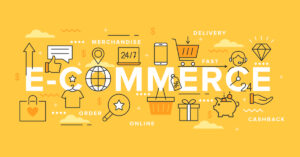
1. Control over Inventory:
With e-commerce, you have direct control over your inventory. You can purchase products in bulk, store them in a warehouse or fulfilment centre, and manage your stock levels based on demand. This allows for greater control over product quality, packaging, and shipping.
2. Higher Profit Margins:
Since you purchase products at wholesale prices and set your own retail prices, e-commerce typically offers higher profit margins compared to dropshipping. However, higher margins come with the added responsibility of managing inventory and fulfilment.
3. Branding and Customization:
E-commerce allows you to build a distinct brand identity and create a customized shopping experience for your customers. You have the flexibility to design your website, packaging, and marketing materials to reflect your brand’s values and unique selling proposition.
4. Inventory Risks and Overhead Costs:
Unlike dropshipping, e-commerce requires upfront investment in inventory. This carries risks, as you need to accurately forecast demand to avoid excess stock or out-of-stock situations. Additionally, managing inventory and order fulfilment incur additional costs, such as warehousing, packaging, and shipping.
Which Model is Right for You?
The choice between dropshipping and e-commerce depends on various factors, including your business goals, available capital, desired level of control, and personal preferences. Consider the following points when making your decision:
- If you have limited capital and want to start a business quickly with a minimal upfront investment, dropshipping may be a suitable option.
- If you prioritize control over inventory, want to create a unique brand experience, and are willing to invest in inventory management and fulfilment, e-commerce might be the better choice.
- If you prefer a flexible business model that allows you to offer a wide range of products without the hassle of inventory management, dropshipping may be more appealing.
- If you value higher profit margins and are comfortable managing inventory and fulfilment logistics, e-commerce could offer greater financial rewards.
Ultimately, both dropshipping and e-commerce have their advantages and considerations.
FAQ:
Q: What is dropshipping?
A: Dropshipping is a business model where an online store owner sells products to customers without stocking the inventory. Instead, the store owner purchases items from a third-party supplier who ships them directly to the customer.
Q: What is traditional eCommerce?
A: Traditional eCommerce involves purchasing and stocking inventory upfront before selling products to customers. The online store owner is responsible for managing inventory, shipping, and order fulfillment.
Q: What are the advantages of dropshipping over traditional eCommerce?
A: Some advantages of dropshipping include:Lower startup costs: Dropshipping requires less initial investment as you don’t need to purchase inventory upfront.
Reduced risk: Since you don’t buy inventory beforehand, you only pay for the products you sell, reducing the risk of holding unsold items.
Easy to start: Setting up a dropshipping store is relatively simple, with platforms like Shopify offering user-friendly tools.
Wide product selection: Dropshipping allows you to offer a broad range of products from different suppliers, expanding your offerings.
Q: What are the disadvantages of dropshipping?
A: Some disadvantages of dropshipping include:
Lower profit margins: Since you’re not buying products in bulk, your profit margins may be lower compared to traditional eCommerce.
Dependency on suppliers: Your reputation depends on the reliability and quality of your suppliers. Any issues with the supplier’s inventory or shipping can affect customer satisfaction.
Less control over inventory: As you don’t manage the inventory, you may face challenges if a product becomes unavailable or goes out of stock.
Q: What are the advantages of traditional eCommerce over dropshipping?
A: Advantages of traditional eCommerce include:
Higher profit margins: Buying in bulk allows you to take advantage of wholesale pricing, increasing your profit margins.
Greater control: You have complete control over inventory management, packaging, and shipping, allowing you to deliver a consistent customer experience.
Flexibility in product selection: With traditional eCommerce, you can source products from multiple suppliers and have more control over product customization and branding.
Q: What are the disadvantages of traditional eCommerce?
A: Some disadvantages of traditional eCommerce include:
Higher upfront costs: Purchasing inventory upfront requires a significant initial investment, which may pose a financial barrier for some entrepreneurs.
Inventory management: Managing inventory can be complex and time-consuming, requiring warehouse space, staff, and logistics expertise.
Risk of unsold inventory: If products don’t sell well, you may be left with excess inventory, tying up your capital.
Q: Can dropshipping and traditional eCommerce be combined?
A: Yes, it’s possible to combine dropshipping and traditional eCommerce. Some store owners utilize both models by dropshipping certain products while stocking and shipping others. This approach allows for a wider product range while maintaining greater control over specific items.
